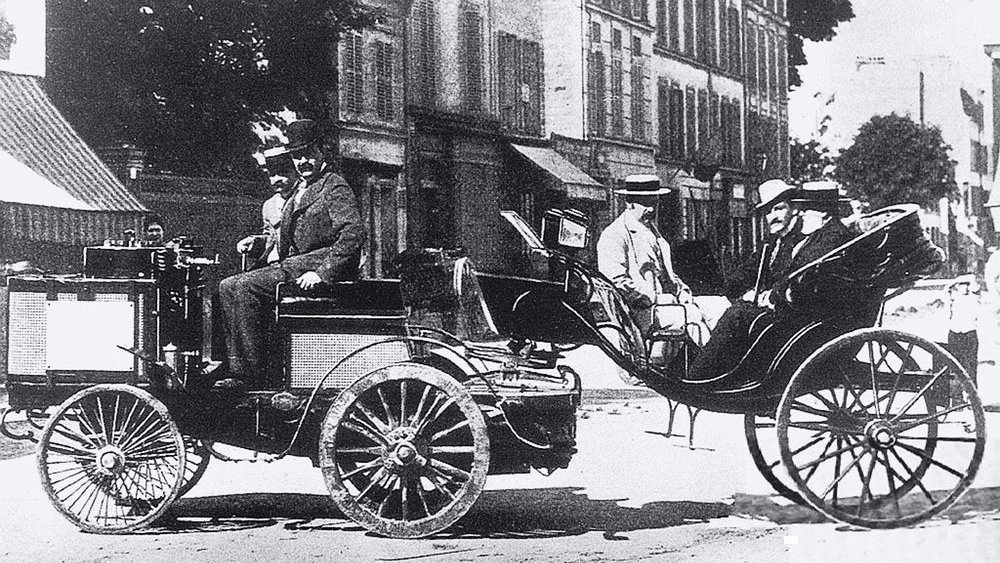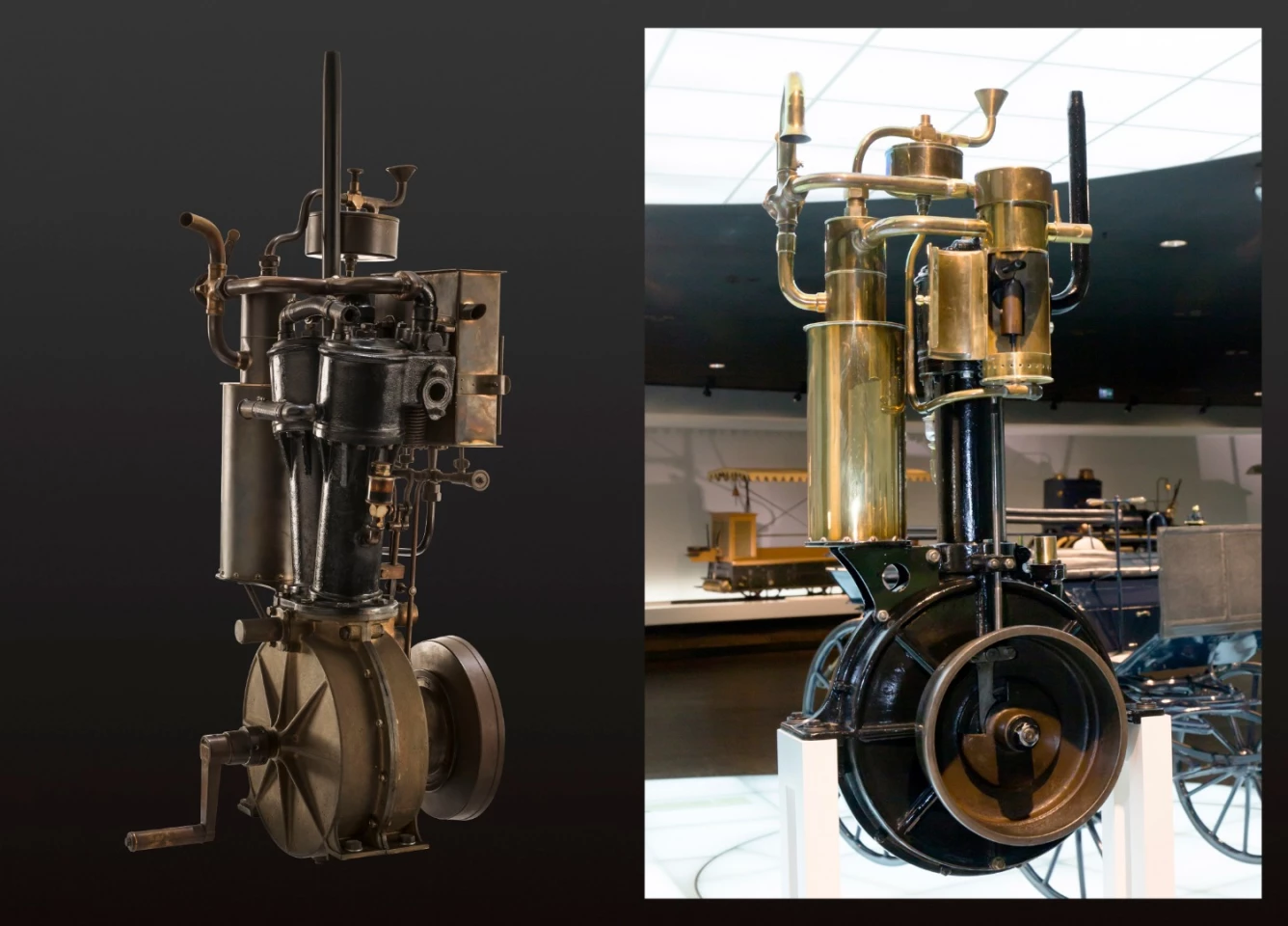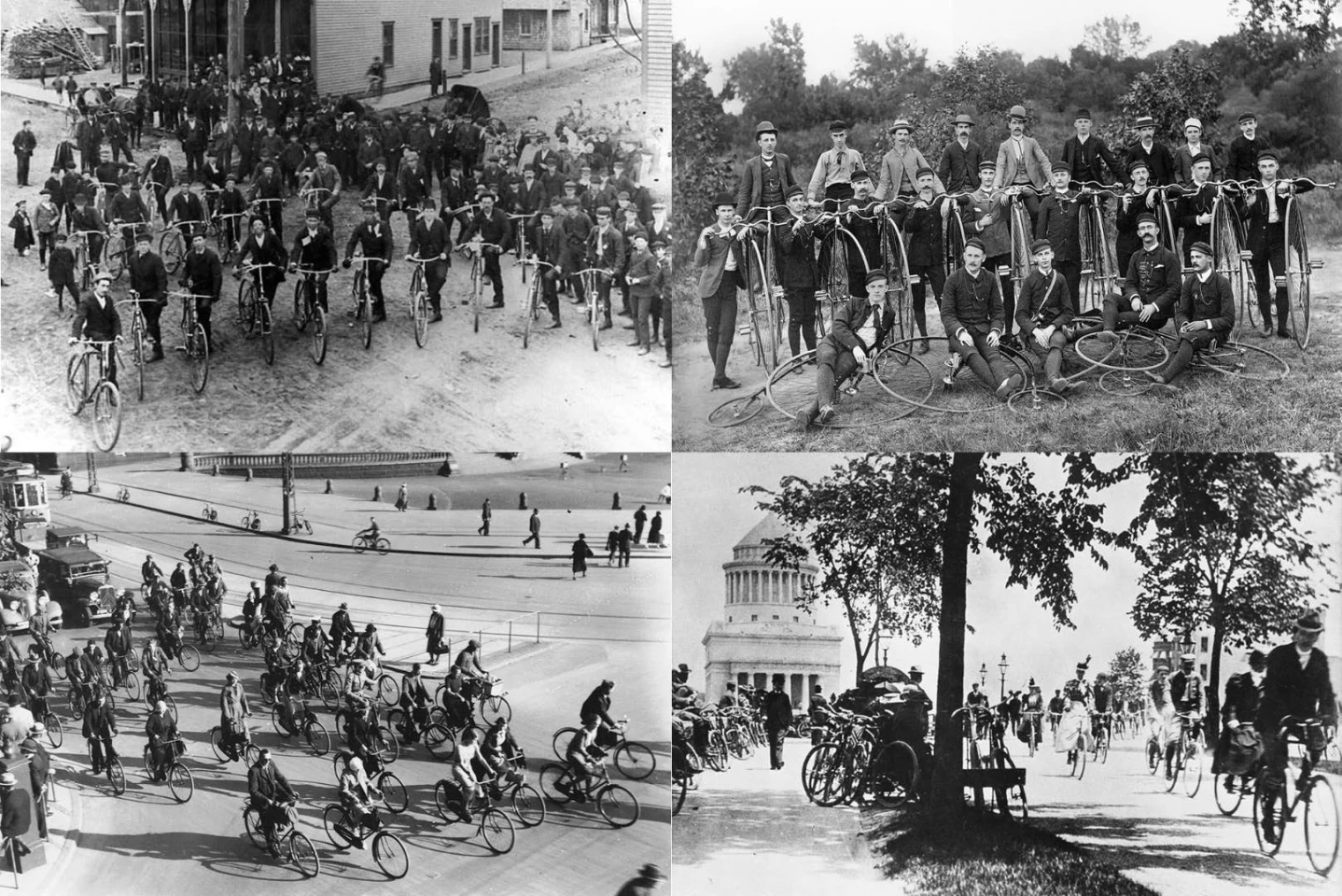This week marks the 125th anniversary of the first motor race, held between Paris and Rouen, a distance of 126 km (78 mi). The race was organized by Pierre Giffard, editor of Le Petit Journal, the Paris-based newspaper that was at that time, the largest circulation newspaper in the world, selling just short of two million copies a day.
Giffard had previously leveraged the promotional power of the newspaper to organize the 1891 Paris-Brest bicycle race and would subsequently use it to promote the first Paris marathon in 1896.
Le Petit Journal announced the reliability competition for horseless carriages in December 1893, and 21 cars faced the starter in the Paris suburb of Neuilly-sur-Seine, at 8 am on Sunday, July 22, 1894. The start was reportedly watched by 30,000 spectators, with many more along the roadside.
At that time, there were three different motor vehicle propulsion systems vying for public acceptance: the internal combustion engine, which was just eight years old at the time, battery-electric, and steam power. The 126-km distance, meant that electric cars were effectively ruled out of the competition as battery technology was still in its infancy and, though charging stations were springing up in Paris, the lack of availability of suitable charging on the route to Rouen and the time required to recharge would have made an electric vehicle uncompetitive.
Of the 21 motorcars that competed that day, 15 had internal combustion engines (ICE) and six cars were steam-driven. All but four of the starters reached the finish line in Rouen.
While every subsequent genre of motor race (paved road racing, endurance, rally and off-road racing in their multitudinous forms) descends from this common ancestor, this race was more a "reliability trial" to promote the viability of motoring to the public. Reliability trials were commonplace in the first few decades of the automobile, and many a marque made its name in them.
Le Petit Journal billed the race that way, stating that the winning car would best meet the criteria of "safe to use, easy to operate and not too expensive to operate" ("être sans danger, aisément maniable pour les voyageurs et de ne pas coûter trop cher sur la route").
Just as the days prior to any motor racing event these days involve practice sessions, the three days before the 1894 event consisted of qualification and test drives, and each day saw large crowds lining the route to witness these pioneering horseless carriages.
The De Dion steam tractor towing its single-axle passenger trailer was the first starter at 8:01 am, with other vehicles following at 30-second intervals.
Automotive pioneer Gottlieb Daimler and his son Paul were present to witness the event, and no doubt to see how their engines performed: of the 15 internal combustion engines in the race, nine were produced under Daimler's licence.

The first car to reach Rouen was a De Dion-Bouton steam tractor and single-axle passenger trailer (pictured directly above). Driven by Count Jules-Albert de Dion himself, it was disqualified (nothing in motorsport is new) because it needed a stoker (someone to tend the boiler). De Dion's time for the distance was six hours 48 minutes, giving him an average speed of 19 km/h (12 mph), indicating it had the potential to travel at much higher speeds but was no doubt limited by the solid axles of the trailer and the quality of roads.
The main prize, entitled the Prix du Petit Journal (the "Grand Prix" would not emerge until 1906), of 5,000 francs was divided between a Peugeot and Panhard & Levassor, both four-seater motorcars. Both vehicles were powered by 2.6-kW (3.5-bhp) Daimler V-twin engines built under licence by Panhard & Levassor.

That's a replica of the 1894 Daimler engine that powered the winners of this first race on the left, and the very first 1885 "Grandfather Clock" Daimler engine on the right.
The following year saw the 1895 Paris–Bordeaux–Paris trail create even more interest, as the 126-km (78-mi) first race became a 1,178-km (732-mi) marathon. Of the 21 cars that started the 1895 race, just nine finished, but the average speed over the much longer distance improved to 24.54 km/h (15.25 mph). Just four years later, in the 1899 Paris-Bordeaux race, the winning average speed increased to 48.2 km/h (29.9 mph), validating the adage that "competition improves the breed."
While the famous city-to-city races of the next decade promoted motorsport globally and were emulated across the world, it is this event more than any other that proved to the public that the horseless carriage provided reliable motorized personal mobility.
In 1899, the Almanac of Sports commemorated the race that had taken place five years earlier. That publication commented on the great media response to the Paris-Rouen race as follows: "Tout la presse, politique et scientifique, entonna comme un chœur bien stylé, bien entrâiné, un hymne dithyrambique en l'honneur de l'astre nouveau, la fée Automobile"
That translates as: "The whole press scene, both political and scientific, joined in like a well-arranged and trained choir to produce a dithyrambic anthem to this new star, the fairy called motorcar."

The mass market for personal transportation had existed for a thousand years before this race: the horse drawn carriage. It's a little known fact that millions of horse-drawn carriages a year were produced globally before the horseless carriage. In 1900, the largest producer of horse-drawn vehicles in the USA was Durant-Dort, which was selling over 150,000 carriages a year and already had sophisticated manufacturing operations and a sales channel to America's wealthy. There was life before the motor car, just at a more leisurely pace.
It would hence be fair to say that this event helped catalyze the personal mobility revolution more so than just motorsport.

The quest for affordable personal mobility also predates the horseless carriage, and the decade prior to this race saw millions of bicycles sold as the combination of the safety bicycle and the first practical pneumatic tire enabled the first personal mobility revolution.
Personal mobility has come a very long way in a very short time.










